Column: An Invitation to Radical Quiet
Photo credit: Wendy Deming
In an empty English classroom during her free period, Ruby Colby ‘19 studies…quietly? The room may be quiet during her free period, but from books to screens, Colby is processing a lot of mental noise.
This column is part of a series written by teacher guest writers on a topic they are interested in exploring. This was submitted to The Oracle for review by the Editorial Board.
I often fantasize about slapping the iPhones out of upper schoolers’ hands during passing periods. I wilt a bit every time I see a middle schooler sneaking a peek at her Instagram feed during lunch. It’s not because I am 100 percent anti-device or anti-social-media; it’s more that I want to see young people give themselves a break.
In a meditation class the other day, my teacher mentioned that we process two million stimuli every moment. In an article I read this morning, it pointed out that currently, we take in more than five times the daily information a human did in 1986. While not all of this stimuli or information is in the form of noise, processing all of it creates mental noise — additional cacophony on top of the conversations, to-do lists, classroom activities, grading, play rehearsals, group projects, essays and science labs that our brains toil over. In those precious in-between moments of a passing period, a walk to the restroom, a commute home or sitting at a courtyard table for lunch, your brain should wander and daydream. In its seemingly aimless rambling, your brain is actually sorting through its short-term memory to decide what needs to be sent to long-term memory. Kind of a big deal. Plus, in those meandering mental moments, some of your most creative ideas can emerge.
If in those in between moments, you look at a screen, tap that notification, check an email, skim a news feed, your brain starts processing that input — regardless of how meaningful or meaningless the input may be. This constant flow of work hinders the brain’s sorting function and creates mental fatigue. Mental fatigue stimulates stress and stress manifests in intense physical and emotional ways. That’s why I am into the idea of radical quiet, making it a priority to quiet the stream of “noise” in our input-saturated world.
Archer’s effervescence is infectious. This place has brought me out of my shell, and I revel in the opportunities to dress up and become the drunkard from The Little Prince, listen to a dynamic guest speaker or collaborate with colleagues. At the same time, on this extroverted and screen-focused campus, quiet and calm can be hard to find even though we know how vital intermittent peace is to our intellectual and emotional performance. And, I am partly responsible for the noise on this campus. If you’ve ever been in my classroom, you know we talk a lot, use tons of digital resources and the lessons move at a brisk cadence.
Because of my stimuli-driven daily workflow, I have to make space in my life outside of school for halting the avalanche of noise. I practice meditation, take extended breaks from social media, stare out the windows of my living room, do yoga, write, collect tiny things and kick-it in nature as often as possible.
I’d like to integrate more quiet practices into Archer life. Holler at me if you’d like to share in the quiet.



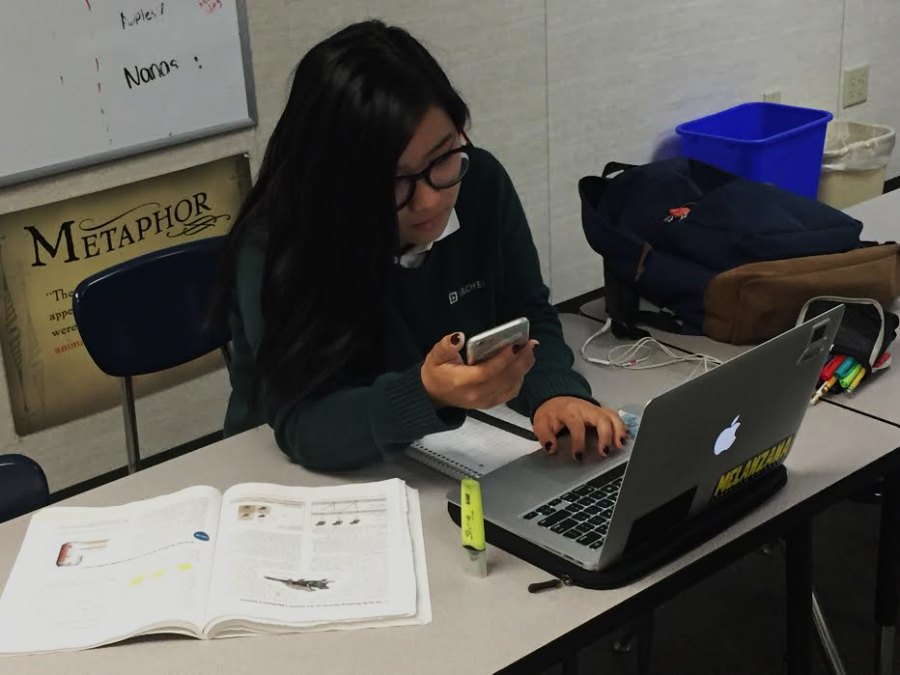






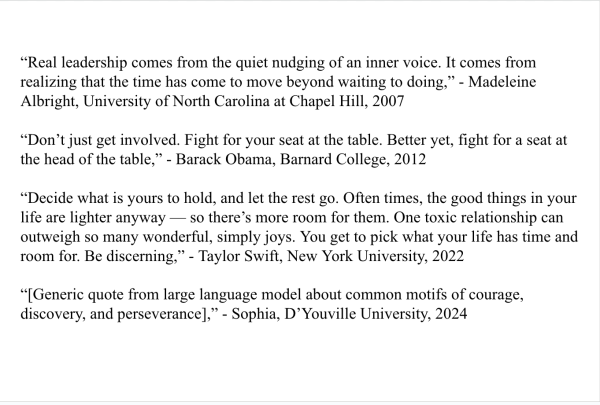


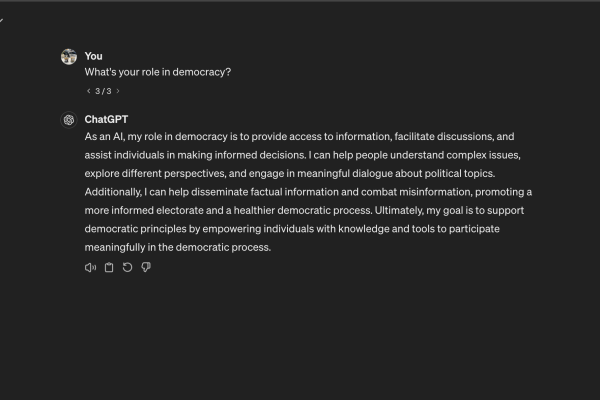




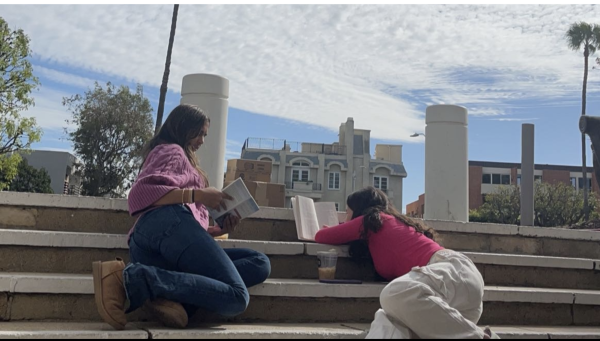


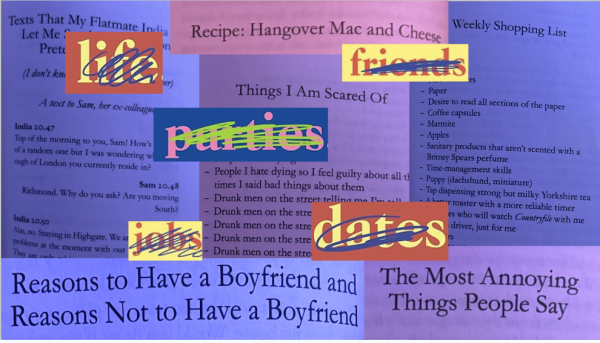

Elana Goldbaum • May 8, 2018 at 3:51 pm
I accept this invitation! I’m looking forward to talking as a community about integrating more quiet – of all kinds – on our campus. Thank you, Ms. Deming, for this thought-provoking piece. I had never really considered “mental noise” before and this really has me thinking…
Elizabeth Ryan • May 8, 2018 at 9:03 am
A quiet, supportive ‘yes’ from my corner! Well said Ms Deming.